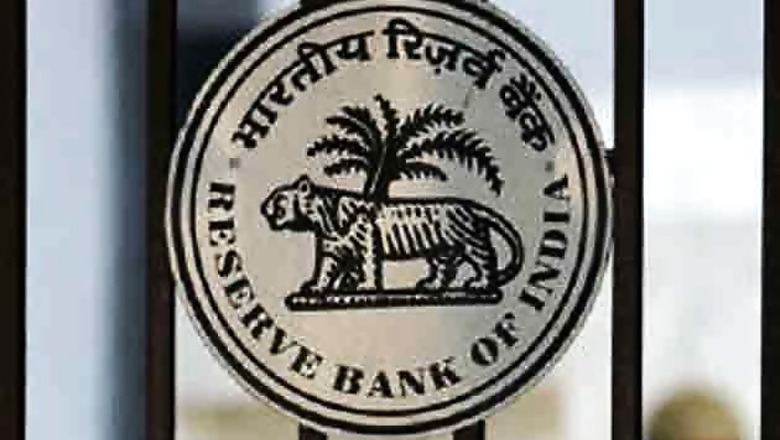
views
Mumbai: Softening headline inflation alone will no longer be enough to spur the Reserve Bank of India to cut interest rates at a time when it faces other pressing challenges such as a record low rupee and the risk of potentially destabilising capital outflows.
The RBI is due to review monetary policy on Monday, facing the same strains erupting across much of Asia as financial markets are looking shaky even as policymakers continue to struggle with cooling economic growth.
Yet India faces its own unique challenges, given consumer inflation remains elevated while a current account deficit that hit a record high of 6.7 per cent in the October-December quarter continues to weigh on the rupee.
That is bound to make traditionally cautious RBI even more reluctant to cut the repo rate again after easing in each of its three previous reviews. "They (the RBI) have their eyes set on multiple goalposts," said Radhika Rao, economist with DBS Bank in Singapore, while citing other factors such as the government's fiscal deficits. "The combination of these factors lower the odds for a rate cut on Monday."
The wholesale price index rose by a slightly less-than-expected 4.7 per cent in May from a year earlier, according to data on Friday, showing inflation has fallen within the RBI's comfort zone of 5 per cent for a second consecutive month. Only two weeks ago, the data would likely have fueled hopes the RBI would cut interest rates again. Not anymore.
A Reuters poll conducted on Thursday showed that 28 of 38 analysts expect the RBI to hold its rate steady at the June policy review. That expected caution comes as fears of a tapering in US stimulus spending has exposed India's vulnerability to flows of foreign money. It is one of the few Asian countries besides Indonesia to run a current account deficit.
That has hit the rupee, which touched a record low of 58.98 on Tuesday, and has shed more than 7 per cent since May to become the worst performer among emerging market currencies after the South African rand.
The rupee falls have been exacerbated after foreign investors sold a net $3.8 billion of Indian debt over the past 16 consecutive sessions. The weak currency and outflows could further aggravate concerns about the current account deficit, creating a potentially worrisome feedback loop.
"More than anything else, the rupee's sharp fall could be the most important factor that could work in favour of no rate cut," said Gaurav Kapur, senior economist at Royal Bank of Scotland.
Volatility
Indonesia responded to outflows and market volatility this week by unexpectedly raising interest rates - the first Asian central bank to do so since 2011 - in a bid to support its currency, but that is a virtually impossible measure for the RBI.
The RBI is instead likely to wait for its previous rate cuts - totaling 75 basis points so far this year and 125 basis points since April 2012 - to be passed down to consumers and boost an economy growing at its slowest in a decade.
The RBI will also need to see some stabilisation in the rupee, especially after Finance Minister Palaniappan Chidambaram on Thursday pledged new reforms to help bolster foreign confidence in the economy.
Recent central bank and government measures to curb the gold imports, which along with oil constitutes India's two biggest imports, are also beginning to filter through.
Meanwhile, the RBI would need signs of more moderation in consumer inflation, which remains high at 9.31 per cent, despite easing for a third straight month in May. "The inflation number is much better, but I think the other factors like weakness in the external sector, and high consumer inflation will probably make them (RBI) pause," said Saugata Bhattacharya, chief economist at Axis Bank in Mumbai.
















Comments
0 comment